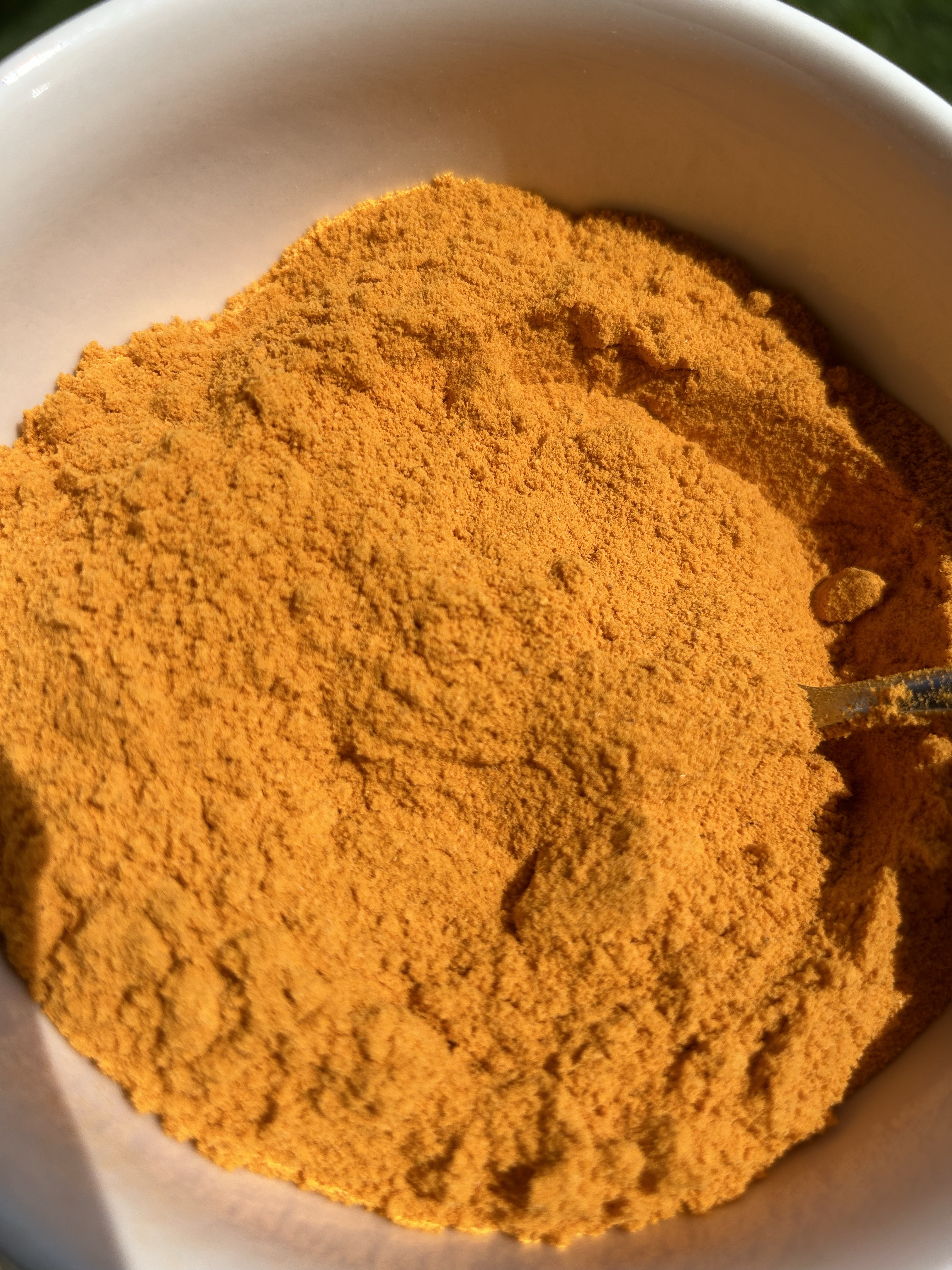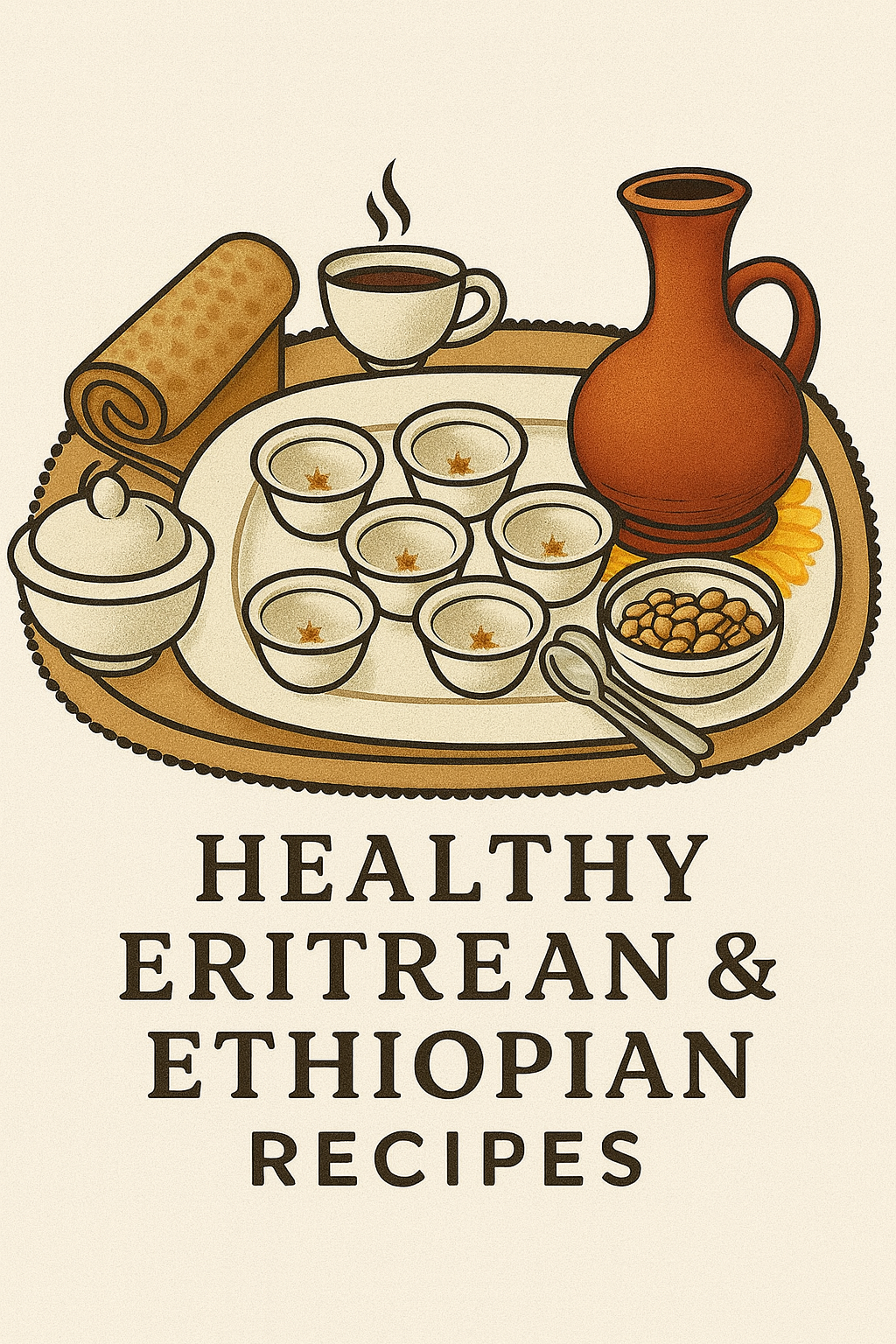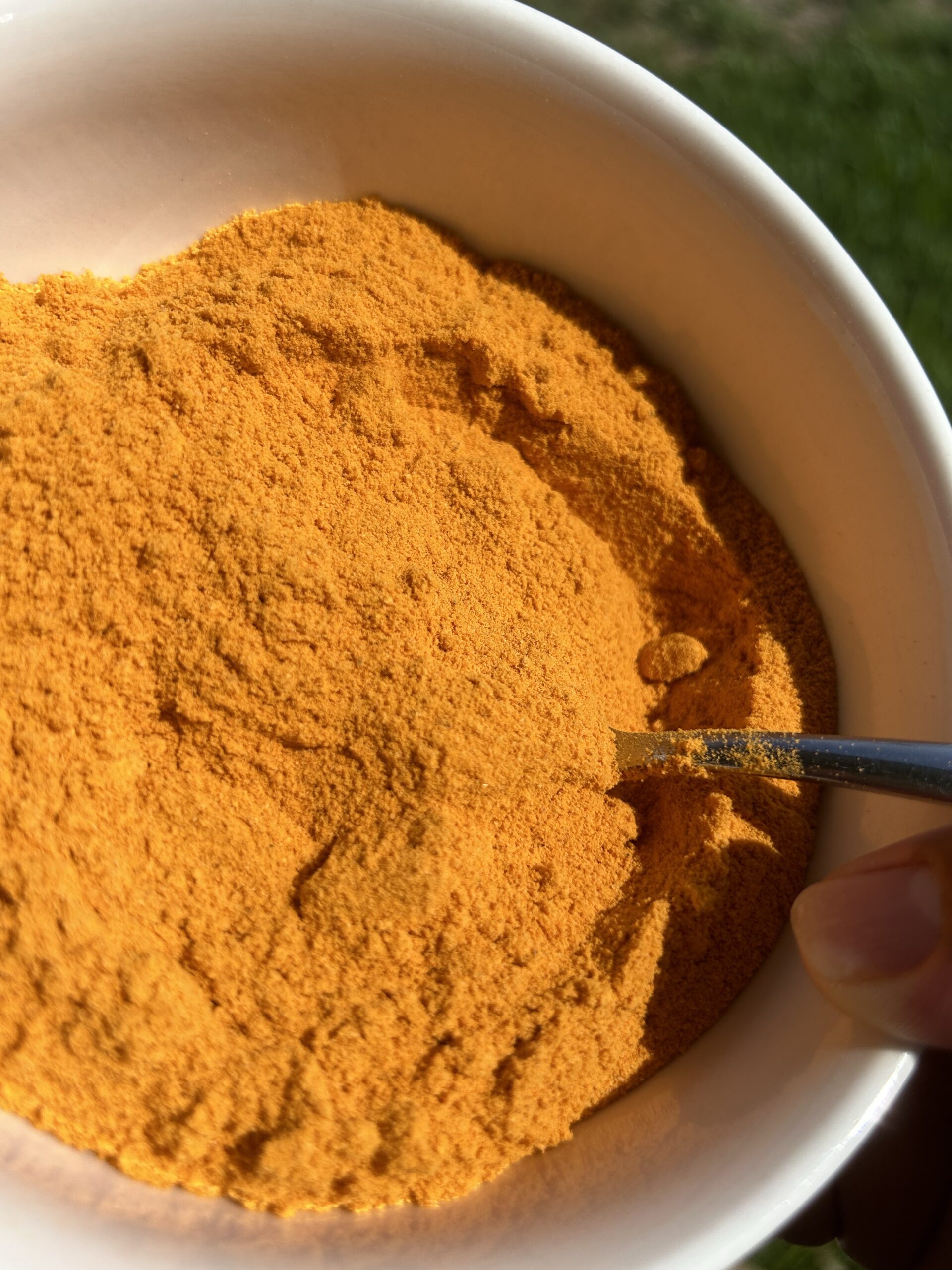
Eritrean and Ethiopian cuisine is a delightful blend of diverse flavors, aromatic spices, and unique cooking techniques. One dish that perfectly embodies this rich culinary tradition is Shiro. Shiro is a thick, hearty stew made from ground legumes, aromatic spices, and a hint of chili pepper. It is a popular dish in Eritrean and Ethiopian cuisine, and its history is closely tied to the cultural and culinary traditions of the region.
In this blog post, we’ll take you on a flavorful journey into the world of Shiro, exploring its history, ingredients, and how to prepare this delicious Ethiopian dish in your own kitchen. Here’s a brief history of Eritrean Shiro:
The History of Shiro
Shiro holds a special place in Eritrean cuisine, where it has been enjoyed for centuries. Its origins can be traced back to the Eritrean highlands, where it was traditionally prepared in households as a comforting and nourishing meal. Shiro was not only cherished for its taste but also for its affordability and versatility, making it a staple in Ethiopian kitchens.
- Origins in Eritrea and Ethiopia: Shiro is believed to have originated in Eritrea and Ethiopia, and it has been a staple in the diet of these East African countries for centuries. The dish is often associated with the Tigrinya-speaking people of Eritrea and the Tigryan and Amhara regions of Ethiopia.
- Traditional Ingredients: Shiro is traditionally made from ground legumes, typically chickpeas or lentils. These legumes are roasted, mixed with other herbs and spices, and then ground into a fine powder, cooked with various spices to create a thick, flavorful stew.
- Variations: While the basic preparation of shiro remains consistent, there are regional and personal variations in the ingredients and spices used. Some people add ingredients like garlic, onions, and red pepper to enhance the flavor.
- Vegetarian and Vegan Dish: Shiro is a popular choice for vegetarians and vegans in Eritrea and Ethiopia because it is entirely plant-based. It’s a good source of protein and is often served with injera, a sourdough flatbread made from teff flour, which is gluten-free.
- Cultural Significance: Shiro is often served on special occasions and during cultural celebrations in both Ethiopia and Eritrea. It is a symbol of hospitality and is commonly shared with friends and family. Injera is typically used as a scooping and eating utensil, with diners tearing off pieces of injera to scoop up the shiro.
- Modern Adaptations: In recent years, shiro has gained popularity beyond the borders of Eritrea and Ethiopia, thanks to the Eritrean and Ethiopian diaspora and the global interest in diverse cuisines. You can find shiro in Eritrean and Ethiopian restaurants around the world, and it may be prepared with slight variations to suit local tastes.
In summary, Eritrean and Ethiopian Shiro is a traditional and beloved dish with deep roots in East African cuisine. It reflects the rich culinary heritage and cultural significance of the region and has become a favorite among people who appreciate its delicious and vegetarian-friendly qualities.
You can easily find shiro powder in an Eritrean or Ethiopian stores.


Leave a Reply